Coastal Diaries is an eye-opening bike ride along the coastal route map of India.
Excerpts from the book – Coastal Diaries
What luck to be in Gujarat for the whole of the ten days (October 9th-18th, 2018) of Navaratri celebrations and to travel a distance of 2,000 km along its coastline! The route through the state was from Matha-Na-Madh via Lakhpat towards Mandvi-Gandhidham- Jamnagar-Dwaraka-Porbandar, proceeding towards the union territory of Diu and onwards to Bhavnagar-Vadodara/Baroda and finally to Surat. The actual coastal journey had kickstarted and from now on the agenda was to drive a distance ranging between 150-250 km to the next destination, so that we could be in time to view and record a time-lapse video of the sunset along the western coast of India.
We took state highway SH 42, travelling an extent of 100 km towards this day’s destination. This distance that could normally be covered within an hour and a half by bike took us close to double the time, as half the road was occupied by pilgrims walking towards the Goddess Ashapura temple at Mata-Na-Madh. All of a sudden, the number of pilgrims seemed to have increased four times more than we had seen on the previous two days. Coming from different places, they would have walked varying distances of 200 to 400 km from their hometowns.
Along the road, we noticed vast camps set up to cater to the influx of pilgrims. A variety of eatables like cut vegetables, fruits, tender coconut, water and juices to Gujarati delicacies and sumptuous food was provided, along with bedding and large mats for resting on. The camps were run free of cost by different charity organisations. A major sight was plastic strewn along the roadways. A few camps were using reusable plastic or steel plates for food, with many choosing disposable plasticware. A camp that had closed had volunteers cleaning up. I fail to understand why plastic pollution is created in the first place, as it always leads to issues of proper disposal……..
WHAT IS PLASTIC
The word ‘Plastic’ is derived from the Latin word ‘plasticus,’ meaning ‘capable of moulding’. From the Greek ‘plastikos’, it implies ‘fit for moulding’. Polymer is made from many monomers. In greek ‘mono’ means ‘one’, while ‘meros’ indicates ‘part’, and ‘poly’ refers to ‘many’. Plastic is a polymeric material. Its molecules are large and resemble a series of never-ending long chains with connected links. Thus plastic is material that has many elements in it, such as carbon, hydrogen, oxygen, nitrogen, chlorine and sulphur.
There are both natural and synthetic polymers. The former is bio-based – such as rubber or cellulose from wood – and the latter is made from fossil fuels like crude oil, petroleum, coal or natural gas. The majority of plastic used all over the world is made from synthetic polymers……..

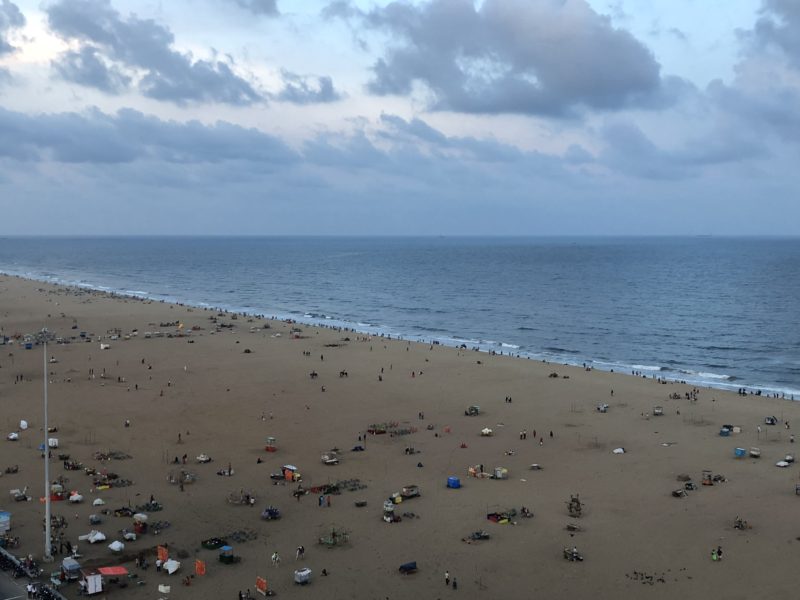
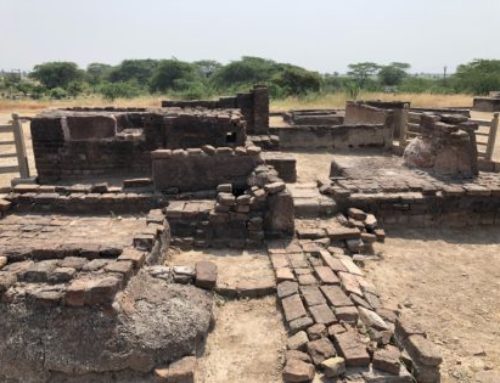



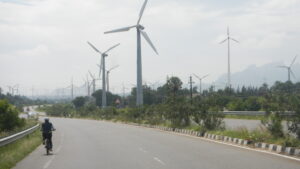

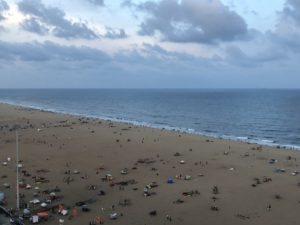
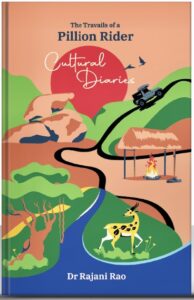
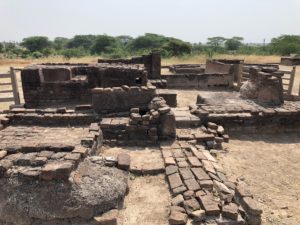


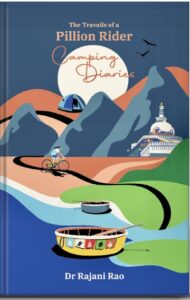
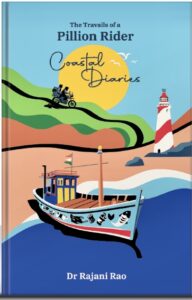
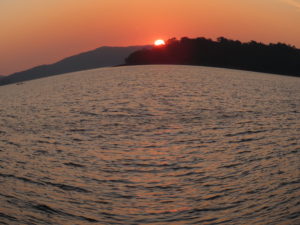
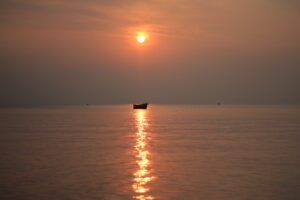
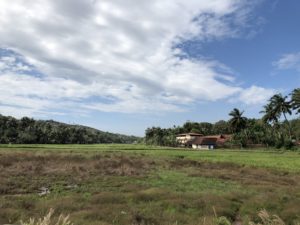

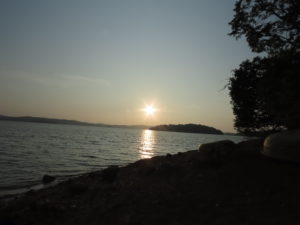

Leave A Comment